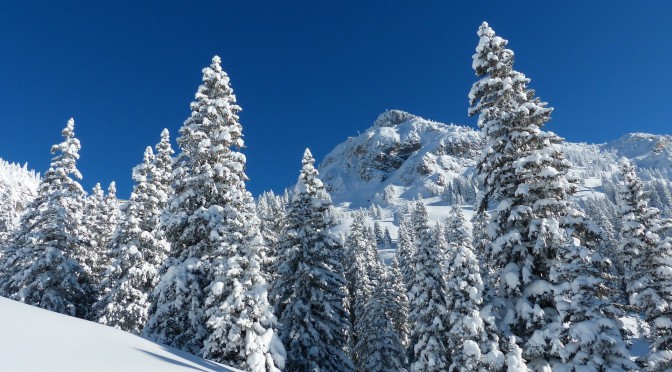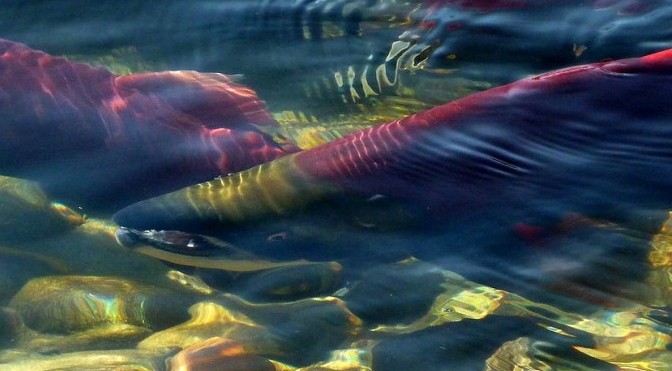In this lab, we performed an environmental assessment of the Garibaldi at Squamish ski resort. I was tasked with assessing the project as a (pretend) natural resource planner obtained by the British Columbia Snowmobile Federation (BCSF).
When working on environmental projects, you sometimes become involved in proposals that you do not ethically believe in. Although my conclusion as an analyst hired by the BCSF argues that the project should go ahead, my personal opinion is against the development of this project. Considering the project will likely be negatively affected by climate change in the not-so-far future, the potential environmental damage caused by this development is not ‘worth’ the economic gains.
Click here to see my map of the project area!
Click here to see my 3D Hillshade Map!
Here is my memo created following the environmental assessment:
THE PROPOSED PROJECT
The Garibaldi at Squamish project is a proposed year-round destination mountain resort between Squamish and Whistler on Highway 99. Proposed by Northland Properties and Aquilini Investment Group of Vancouver, the project includes 124 ski trails and 21 lifts, resort accommodation and commercial developments. It is located on Brohm Ridge; 80 km north of Vancouver, 15 km north of Squamish, and 45 km south of Whistler. Despite being very controversial due to concerns over the economic viability, climatological implications, and environmental impact on vegetation and fish and wildlife habitat, the project was tentatively approved in January 2016 provided it meet 40 conditions.
My involvement in it:
I am a natural resource planner retained by the British Columbia Snowmobile Federation (BCSF). The BCSF is currently in opposition to the proposed project, but wish to evaluate whether there is sufficient evidence to continue to oppose the project, or whether these aforementioned concerns can be addressed. I will examine the Environmental Assessment’s recommendations and the Resort Municipality of Whistler’s criticism (of climate limiting viability of skiing) to accomplish this task.
The analysis:
This analysis aims to ultimately determine whether the proposed Garibaldi at Squamish project is economically viable. If the proposed project is a ‘good’ fit for the area, it may be successful at drawing in tourism and increasing local business for the BCSF — and thus should be supported by the BCSF. Using data acquired from DataBC and the BC Government, I considered environmental protection areas, road accessibility, and the future of snow in the park area in my analysis. A ‘good’ fit would ultimately be if few new roads are required, there is little encroachment on environmentally protected areas, and that snow supply is sufficient and reliable in the project area.
Future of snow:
The Resort Municipality of Whistler argued that reliable skiing would be limited on the lower 555m of vertical in the project area. In my analysis, I reclassified areas of the proposed project area that were below 600 metres using digital elevation model data – assuming that climate change would limit snow in these areas.
Environmental protection areas:
The environmental assessment was simplified; data was filtered to consider the ungulate winter range, old growth management areas, riparian habitat, and endangered/threatened ecosystems. All data was clipped to focus only within the proposed project boundaries. Riparian habitat determined necessary to protect was set within a 100m distance of lower elevation streams (below 600m elevation) and 50 metres of streams above 600m elevation with a simple buffer proximity analysis.
RESULTS
Environmental Protection:
Of the proposed project area:
- 6.8% contains old growth forest
- 7.9% contains Mule Deer and/or Mountain Goat habitat
- 24.8% contains red-listed species (6 endangered/threatened species total)
- 26.3% contains riparian habitat zones
- The total project area that will directly impact old growth forest, ungulate habitat, red-listed ecosystems and fish is 52.7%.
Future of Snow:
38.6% of the proposed project area is below 600m, and these areas are thus predicted to be inadequate for reliable skiing.
RECCOMENDATIONS
Despite large portions of the proposed project area being occupied by areas in need of environmental projection and/or having limited snow supply, it is important to consider that most of these areas appear to occupy much of the same space. As can be seen on the maps, red-listed species overwhelmingly reside in lower elevation areas, for instance. There remains a large portion of the project area that could be operated upon without concerns of snow supply, and the lesser environmental concerns there might be mitigated.
The two greatest environmental concerns to project development are encroachment on red-listed species habitat and riparian habitat. Large portions of both riparian habitat zones and red-listed species habitat are both found in the areas below 600m elevation areas that are predicted to be unusable for skiing anyways. These important habitats can be mostly protected if developers simply avoid these low elevation areas. Threats to riparian habitat in higher elevation areas could be mitigated by keeping new road and other infrastructure development outside the 50m buffer areas used in this analysis.
Ultimately, there is still a large portion of the proposed project area that could prove to be economically viable. Most of the proposed project area is still above 600 meters and will most likely have reliable skiing into the future. It is in the best interests of the BCSF to support the Garibaldi at Squamish project.

